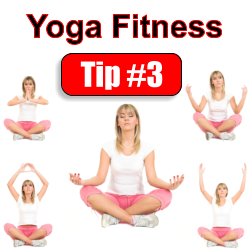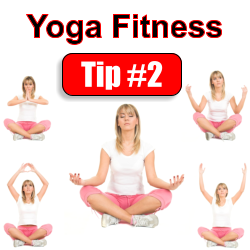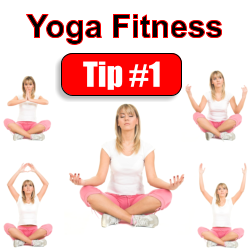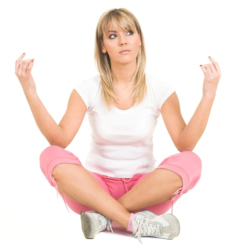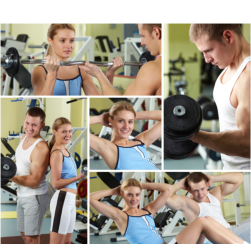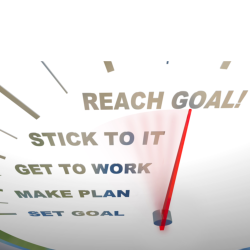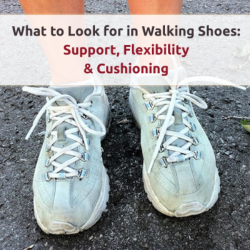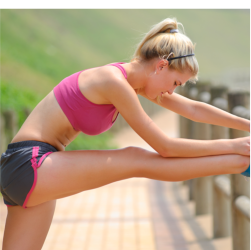Introduction: The Surprising Benefits of Walking
When it comes to exercise you might be surprised to learn how powerful walking can be. Walking not only increases your heart rate and cardiovascular fitness, it also improves your bone density and strength. This particular benefit is increased when you walk on uneven surfaces like trails or gravel paths.
Walking has mental and emotional benefits as well, and can help you reach your weight loss goals. Let’s take an in-depth look at how fantastic a walking program can be for you and what 10,000 steps a day really looks like.
Bone Density Improvements from Walking
Did you know that without exercise, after the age of 40 your bone mass decreases by about 5% a year regardless of gender or ethnicity? That bone loss leads to debilitating diseases like osteoporosis.
Osteoporosis is “a disease in which bones become fragile and more likely to fracture. Usually the bone loses density, which measures the amount of calcium and minerals in the bone.” (National Library of Medicine)
According to The Sport Journal, in the U.S., it has been estimated that by 2025 the number of hip fractures attributed to osteoporosis will double to nearly 2.6 million. And while women account for the majority of osteoporosis diagnosis and bone breaks, men account for 29% of the 2 million fractures that occur each year in the U.S.
It’s all pretty scary. You don’t want to break a hip or wrist, especially not when you’re older and your recovery time can take months, if not years. The good news is that if we go back to the very first sentence in this section, you’ll see that there’s hope.
Walking is a weight-bearing exercise. That means that you’re putting the weight of your body into each movement. Weight-bearing exercises actually slow down the bone density loss and delay or prevent osteoporosis. Now, you can’t replace bone density but you can stop or dramatically reduce bone loss, and a good walk each day is a great way to get started.
Additionally, if you walk on uneven surfaces and you keep your eyes looking forward (rather than constantly focused on the ground) you’ll improve your posture and your joint mobility and flexibility.
Walking for Weight Loss
Walking burns several hundred calories per hour. For example, if you walk for an hour at a moderate four miles per hour pace and you weigh around 150 pounds, you’ll burn 350 calories. If you weigh more, you’ll burn more. Additionally, there are different types of walking that can increase the calorie burn. Walking also kicks up your metabolism so you continue to burn more calories after you’ve finished walking.
Additionally, The Diabetes Prevention Program showed that walking 150 minutes per week and losing just 7% of your body weight (12-15 pounds) can reduce your risk of developing Type II Diabetes by 58%. Since walking can help you lose that weight it’s a win/win for you. You lose weight and you prevent diabetes.
Don’t think you can walk for an hour a day? Consider breaking it up into smaller segments. You can take a 30 minute walk at lunch and three smaller 10 minute walks at other times. The benefits are the same.
How Does Walking Improve Mobility and Flexibility?
There are actually a few ways that walking helps improve your mobility and flexibility. When you walk you increase your heart rate, which pumps more blood and nutrients to your tissues. That helps your ligaments and joints stay healthy. Additionally, you work your muscles so they are more lose and better able to respond to the demands you put on them.
If you do a little stretching after your walk you’re helping take your mobility and flexibility to the next level. Why is mobility and flexibility important? It helps your posture stay tall. Many elderly people struggle with movements and mobility. Much of this is due to poor posture during their earlier years.
When you cannot move your body the way it is supposed to move, other areas of your body are forced to compensate. This leads to breakdown and ultimately it can lead to a shuffle walk and a hunched posture. Walk tall and stay mobile.
Walking Enables More Mental Energy and a Brighter Disposition
According to research on depression, walking for 30 minutes at a time, three to five times per week for 12 weeks reduced symptoms of depression by 47%. It makes sense. When you walk outside you are exposed to the sunshine, which helps your body make vitamin D. Vitamin D has been connected to both physical and mental well-being. Exercise also causes your body to release endorphins, which generate a feeling of contentedness and a positive outlook.
Whether you struggle with depression or not, you can gain mental energy and a brighter mood from walking. It has also been shown to improve cognitive function and reduce cognitive decline later in life. You’ll strengthen your brain and keep it strong well into your golden years.
Waking for Better Sleep, Cancer Reduction, Improved Cardio Health and More
Walking has also been shown to improve sleep, which is connected to weight loss. People who get a good night’s sleep on a regular basis weigh less than those who don’t. Walking reduces your risk of deadly cardiovascular disease and certain types of cancer too.
More Good News!
Most anyone can walk for fitness and health. There are no special requirements. It doesn’t matter if you’re starting from a place of good health or if you have health issues you’re dealing with, you can walk and move your body.
You may start slowly and you may not get far in the beginning, but step by step you’ll increase your fitness. You’ll be surprised what you’re capable of. In fact, you can put on a pair of comfortable shoes and go for a walk right now. Let’s take a look at how walking can help you improve your fitness and lose weight.
